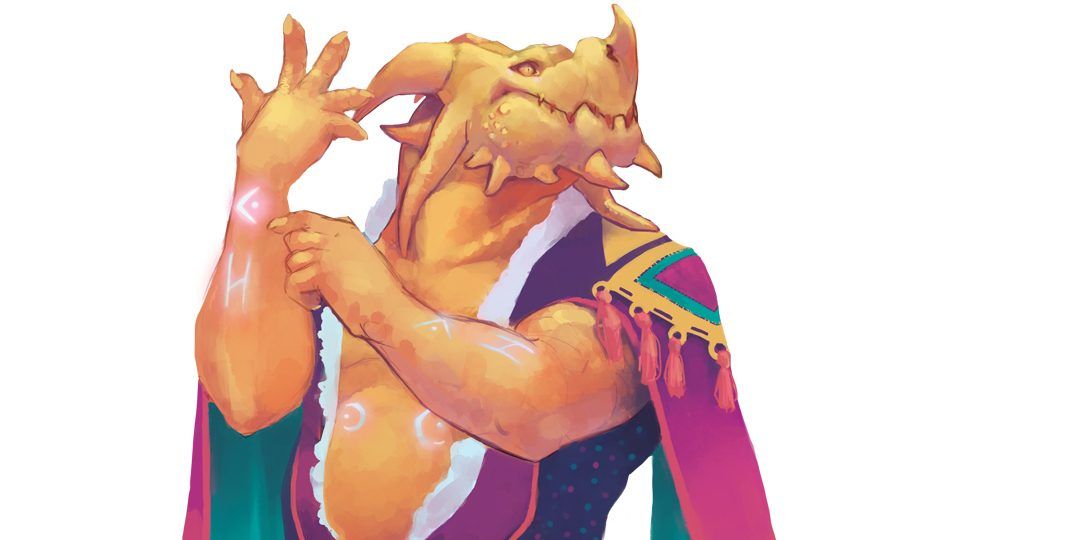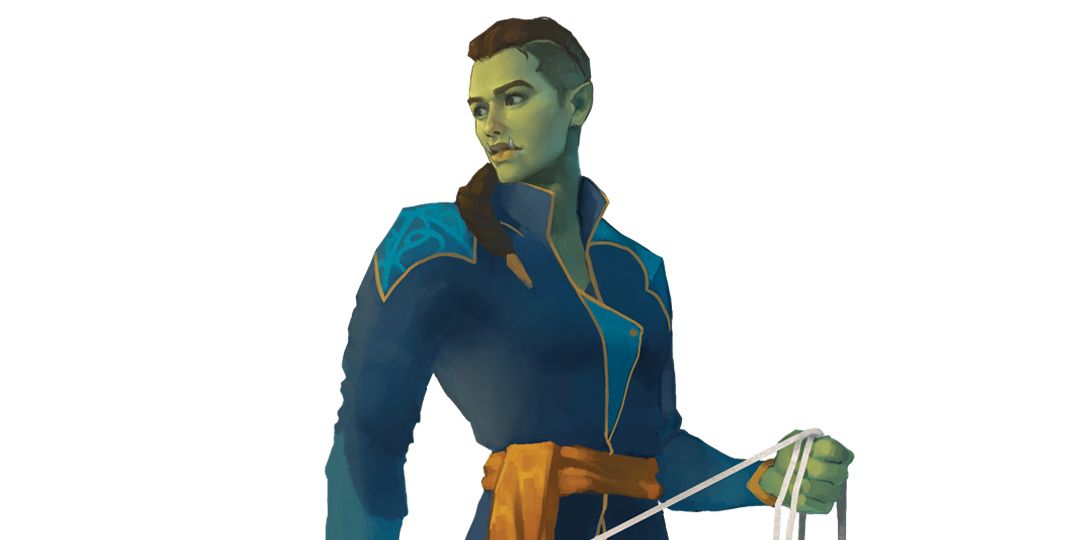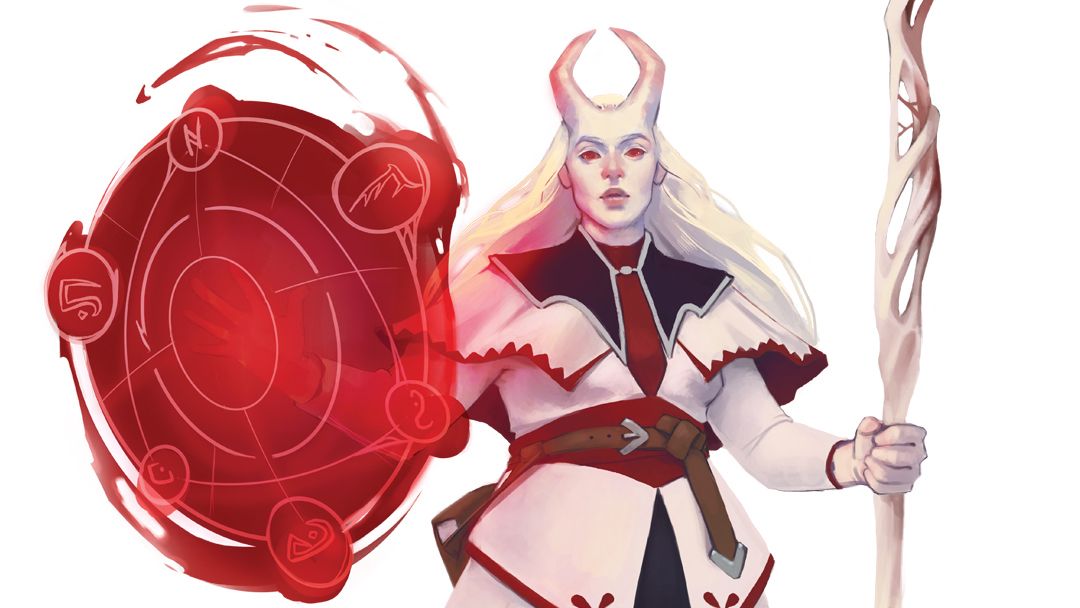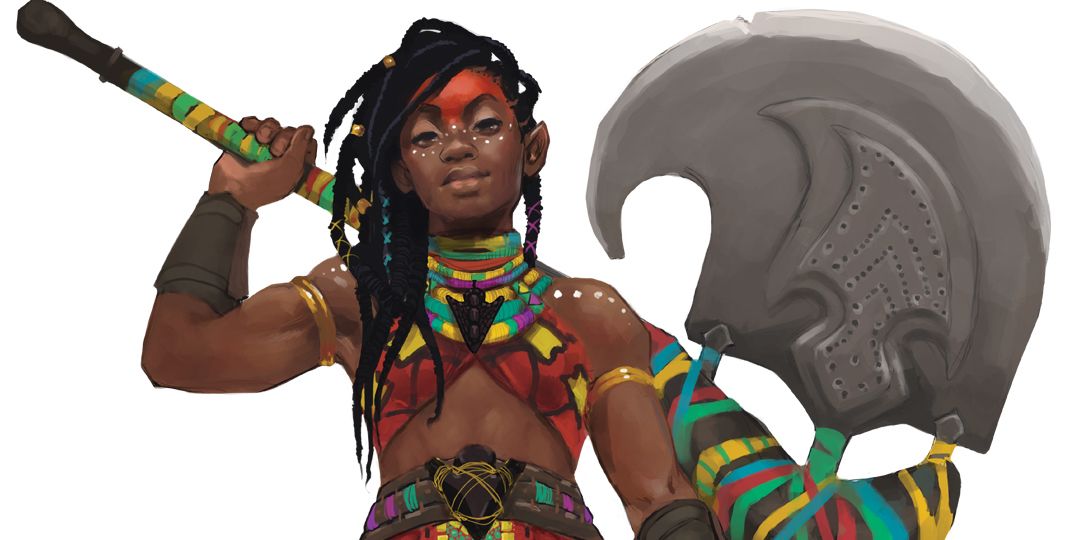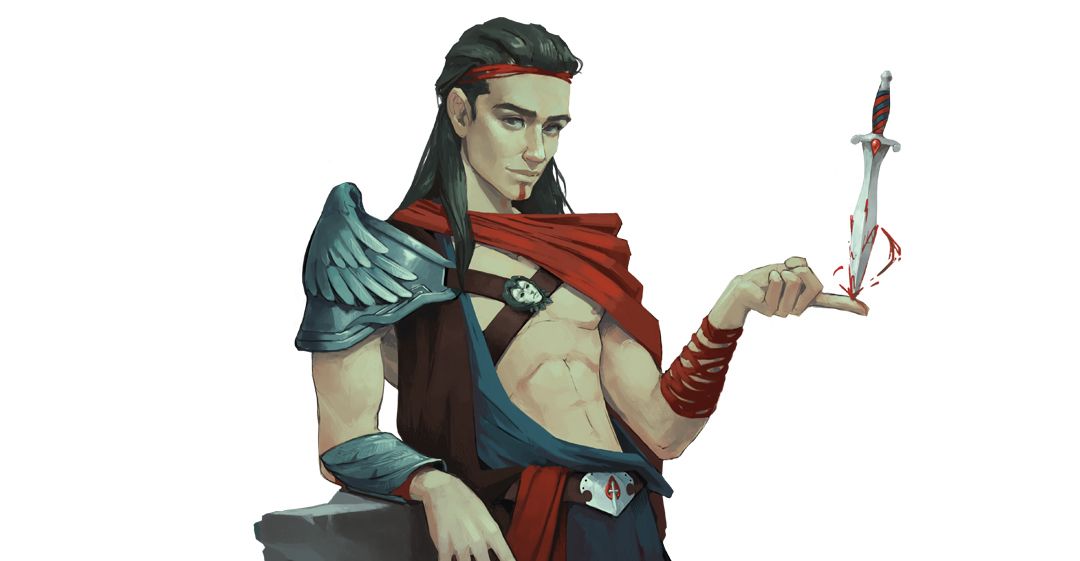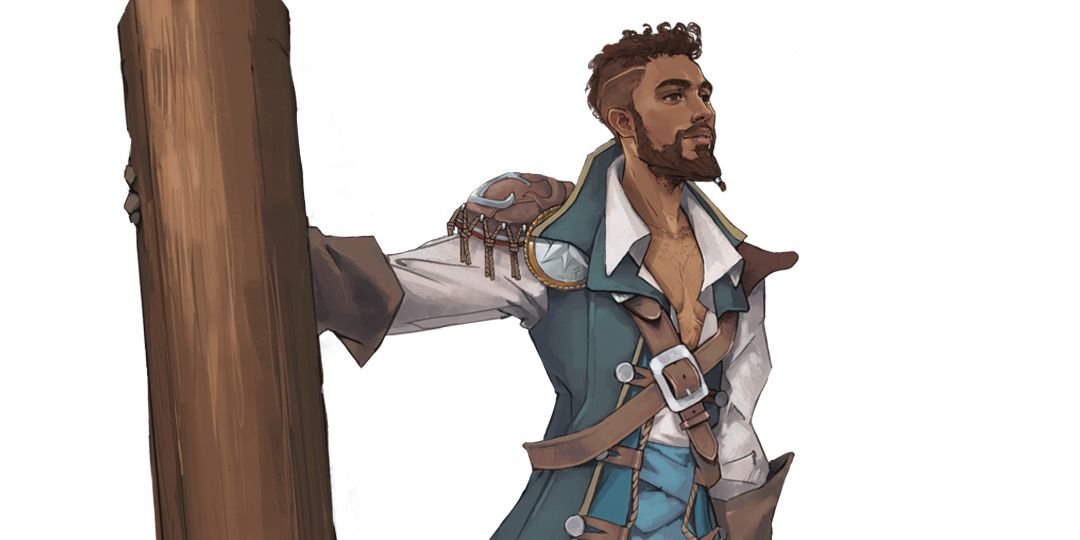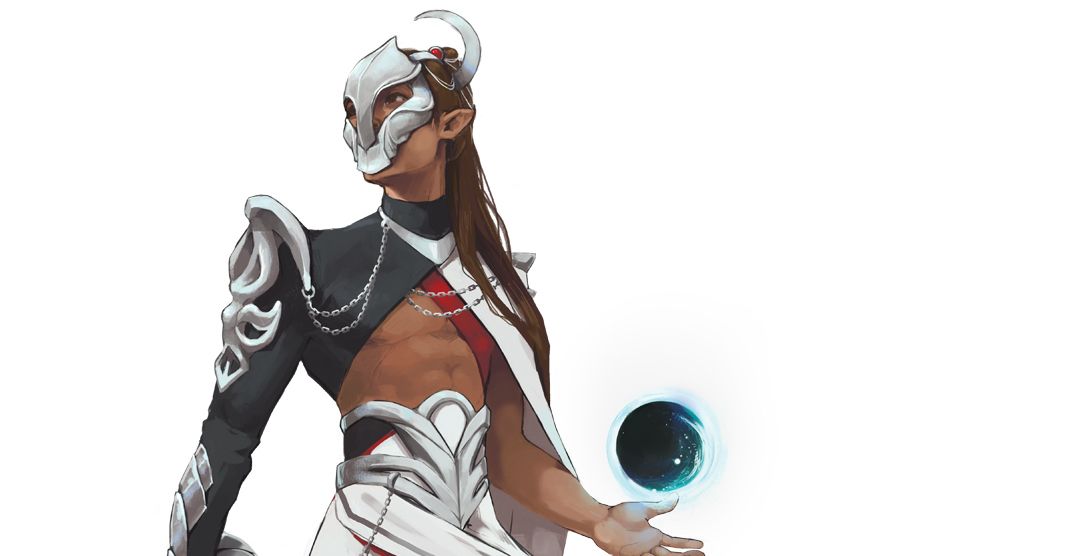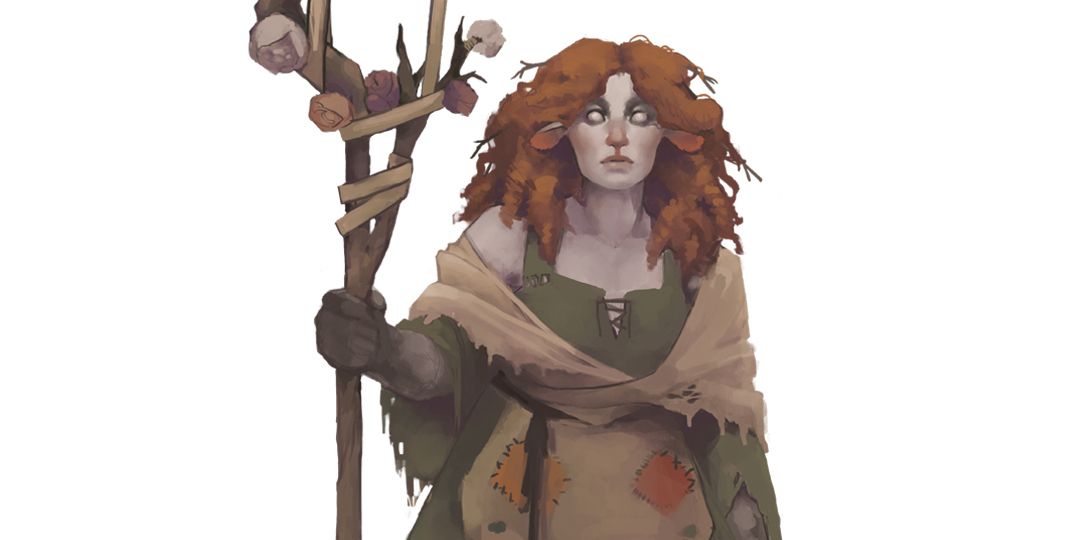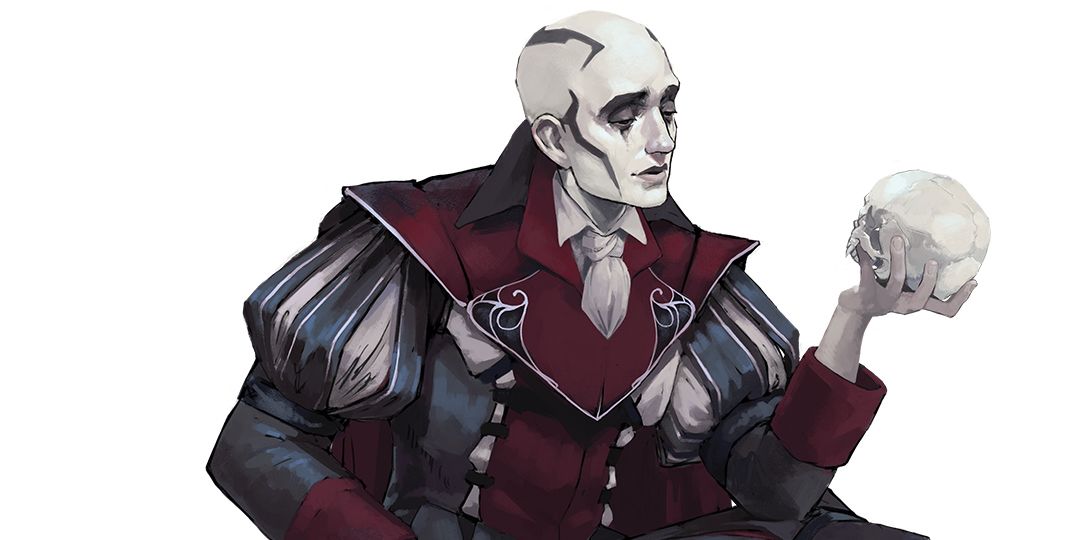It's an understatement to say that Critical Role has started 2022 with a bang. In addition to its weekly live stream and a record-breaking animated show The Legend of Vox Machina, the Critical Role team just released its newest Dungeons & Dragons sourcebook, Tal'Dorei Campaign Setting Reborn.
Featuring updated content from 2017's Tal'Dorei Campaign Setting, the new book features dozens of new magical items, spells, backgrounds and monster stat blocks for players and Dungeon Masters to use in their games. Additionally, Reborn includes nine fantastic subclasses that build on the lore of Exandria while simultaneously providing exciting new mechanics for players. Though each subclass is interesting, there are definitely strengths and weaknesses players should consider before creating their character.
9 Runechild
Sorcerer
|
Character Level |
Feature |
|
1st |
Essence Runes, Runic Magic, Glyph of Aegis |
|
6th |
Glyph of Aegis, Sigilic Augmentation, Manifest Inscriptions |
|
14th |
Runic Torrent |
|
18th |
Arcane Exemplar |
Any fan of Critical Role's first campaign will remember the iconic sorcerer NPC Shaun Gilmore, the first Runechild introduced to the game. This subclass provides sorcerers with a new magical resource: runes. These are represented by glyphs on a player character's body, becoming charged when they expend sorcery points. All of Runechild's features depend on using charged runes.
Unfortunately, because Runes depend on sorcery points, the subclass' first level features can't be used until sorcerers gain points at level two. Sorcery points are also few and far between at low levels, meaning that players won't really be able to make the most of their subclass features until higher levels. In a class already full of resources for players to manage, adding another makes things overly complicated.
Runic Spells
|
Sorcerer Level |
Spells |
|
1st |
longstrider, protection from evil and good |
|
3rd |
lesser restoration, protection from poison |
|
5th |
glyph of warding, magic circle |
|
7th |
death ward, freedom of movement |
|
9th |
greater restoration, telekinesis |
8 Way of the Cobalt Soul
Monk
|
Character Level |
Features |
|
3rd |
Extract Aspects |
|
6th |
Extort Truth, Mystical Erudition |
|
11th |
Mind of Mercury, Mystical Erudition |
|
17th |
Debilitating Barrage, Mystical Erudition |
Originally printed in the Tal'Dorei Campaign Setting, the Cobalt Soul's motto is "Know Thy Enemy." This is an organization devoted to collecting knowledge in Tal'Dorei, and most of the subclass' features involve gaining information about the world and the NPCs and monsters that populate it.
Most of the issues with the subclass come from problems with the monk in general. Monks have some of the most interesting abilities in D&D, but they are almost required to have high scores in Dexterity, Constitution and Wisdom. Since most of the Cobalt Souls' expanded features depend on Intelligence or, in some cases Charisma, players may have trouble making these characters viable at the table.
On the other hand, The Way of the Cobalt Soul does have its merits, including access to the vast resources of the Cobalt Soul. At 3rd level, Extract Aspects allows the monk to strike pressure points that allow them to learn critical information about the enemy they are fighting. At levels 6, 11 and 17, players can pick up one additional language and gain proficiency in one skill of their choice in Arcana, History, Investigation, Nature, or Religion. As this monk gains levels, there is opportunity to gain an additional reaction with Mind of Mercury, and they can cause vulnerability to certain damage types with their Debilitating Barrage feature.
7 Blood Magic
Wizard
|
Wizard Level |
Feature |
|
2nd |
Blood Channeling, Sanguine Burst |
|
6th |
Bond of Mutual Suffering |
|
10th |
Glyph of Hemorrhaging |
|
14th |
Thicker Than Water, Improved Bond of Mutual Suffering |
A new subclass for Reborn, these wizards use "hemocraft" to augment their spells and gain power from their own bodies. They can act as their own arcane focus while not at full HP, expend health to replace costly spell components and can curse creatures with lingering wounds. Thematically, this class is amazing, and it introduces an entirely new type of magic for players to work with.
The biggest drawback to the Blood Magic wizard is the overall class' d6 hit die. Since Blood Magic characters will always be taking more damage than their fellow wizards, players should prioritize a high Constitution stat, and maybe even consider taking the Tough feat to keep their mage alive.
6 Path of the Juggernaut
Barbarian
|
Barbarian Level |
Feature |
|
3rd |
Thunderous Blows, Spirit of the Mountain |
|
6th |
Demolishing Might, Resolute Stance |
|
10th |
Hurricane Strike |
|
14th |
Unstoppable |
The Juggernaut barbarian subclass received some updates in Reborn. Described as an "immovable object and unstoppable force all in one," these barbarians are able to move their enemies around the field after attacking them, are immune to being knocked prone and can raise their defensive capabilities to protect them from incoming attacks. Overall, the Juggernaut reads as a defensive reflection of the Berserker barbarian with just enough flavor to keep things interesting.
Some of this subclass's features make it a monstrous foe to come up against. Barbarians tend to be pretty hearty as it is, but with the Spirit of the Mountain feature, they can't be knocked prone while raging. Their Resolute Stance feature also makes them impossible to grapple, and attacks against them are made at disadvantage. The only downside to this is that the barbarian's weapon attacks are made with disadvantage.
5 Blood Domain
Cleric
|
Cleric Level |
Feature |
|
1st |
Bonus Proficiencies, Bloodletting Focus |
|
2nd |
Channel Divinity: Crimson Bond |
|
6th |
Channel Divinity: Blood Puppet, Sanguine Recall |
|
8th |
Divine Strike |
|
17th |
Vascular Corruption Aura |
The second Hemocraft-based subclass, these holy adventurers are drawn to the worship of healing or harm, depending on their alignment. A largely offensive subclass, the Blood Domain allows clerics to track creatures through their blood, increase the damage of all leveled spells and even sacrifice health to regain spell-slots. While Blood Domain clerics are generally more durable than their wizard counterparts, they will still need a high CON score and armor class.
The interesting difference between the Blood cleric and the Blood Magic wizard is that the cleric doesn't take damage from drawing their own blood. They inflict magical wounds and draw blood from their foes through bloodletting.
Blood Domain Spells
|
Cleric Level |
Spells |
|
1st |
false life, sleep |
|
3rd |
hold person, ray of enfeeblement |
|
5th |
haste, slow |
|
7th |
blight, stoneskin |
|
9th |
dominate person, hold monster |
4 Oath of the Open Sea
Paladin
|
Paladin Level |
Feature |
|
3rd |
Channel Divinty: Marine Layer or Fury of the Tides |
|
7th |
Aura of Liberation |
|
15th |
Stormy Waters |
|
18th |
Improved Aura of Liberation |
|
20th |
Mythic Swashbuckler |
The Oath of the Open Sea first appeared in Critical Role, when Fjord, the Hexblade warlock, swore himself to the Wildmother and took levels in paladin. Fjord had been tied intimately to the sea from the beginning of the campaign, so this subclass was designed to evoke themes of freedom, flexibility and a love of nature. Open Sea paladins get a phenomenal spell list, as well as several area of effect abilities that can help them to control the battlefield. With their tie to the waves, some players on landlocked campaigns might find role-play slightly difficult, but it's still a great subclass overall.
This subclass also adds unique spells: Freedom of the Waves and Freedom of the Water, which allow the paladin to take advantage of the stormy nature of the seas. Combined withy their Channel Divinity abilities, paladins who take the Oath of the Open Sea and spend their days upon the high seas can quickly become a dangerous foe to interact with.
|
Paladin Level |
Spells |
|
3rd |
create or destroy water, expeditious retreat |
|
5th |
augury, misty step |
|
9th |
call lightning, freedom of the waves |
|
13th |
control water, freedom of movement |
|
17th |
commune with nature, freedome of the winds |
3 Moon Domain
Cleric
|
Cleric Level |
Feature |
|
1st |
Clarity of Catha |
|
2nd |
Channel Divinity: Blessing of the Full Moon |
|
6th |
Channel Divinity: Mind of Two Moons |
|
8th |
Empowered Cantrips |
|
17th |
Eclipse of Ill Omen |
The world of Exandria has two moons, and Moon clerics draw power from both. Therefore, many of their class features focus on the duality of the moons. Their first Channel Divinity option has two different benefits depending on which moon the character is channeling, while the second option allows a player to concentrate on two spells at once.
This potentially game-breaking ability is somewhat balanced by restricting those to the Moon Domain spell list, as well as giving players disadvantage on concentration checks. However, if players invest in feats like War Caster and Resilient (CON), they should be able to take a strong subclass and make it one of the most powerful at the table.
|
Cleric Level |
Spells |
|
1st |
faerie fire, silent image |
|
3rd |
invisibility, moonbeam |
|
5th |
hypnotic pattern, major image |
|
7th |
greater invisibility, hallucinatory terrain |
|
9th |
dream, passwall |
2 Circle of the Blighted Druid
Druid
|
Druid Level |
Feature |
|
2nd |
Defile Ground, Blighted Shape |
|
6th |
Call of the Shadowseeds |
|
10th |
Four Conjuration |
|
14th |
Incarnation of Corruption |
While most druids are focused on preserving the natural world, members of the Circle of the Blighted are those whose lands have been desecrated. These druids carry echoes of that loss on their bodies, gaining proficiency in Intimidation and bonuses to AC while Wild Shaped. Additionally, they are able to summon the blight that affected their land onto the battlefield, giving them the ability to control combat even at low levels. Overall this subclass provides durability, utility and great backstory potential, all while thematically invoking the pain of decay and loss in the natural world.
Their Shadowseeds Feature allows this druid to summon a Blighted Sapling into battle. The sapling has an armor class of 10+ the druid's proficiency bonus, twice the druid's level for hit points and a movement speed of 30ft. While it may not seem like it can do much in the way of damage up front, it does gain the ability to perform 2 multiattack claw attacks at level 14 that deal 2d4+ the player's proficiency bonus of piercing damage on a successful attack.
1 College of Tragedy
Bard
|
Bard Level |
Feature |
|
3rd |
Poetry In Misery, Sorrowful Fate |
|
6th |
Tale of Hubris, Impending Misfortune |
|
14th |
Improved Tale of Hubris, Nimbus of Pathos |
At first glance, the College of Tragedy feels like every emo teenager's dream subclass, but in actuality, it might be the most powerful bard subclass in the game. Starting at third level, Tragedy bards have the ability to find hope in the direst of failures, being able to regain Bardic Inspiration when they or their party members role a natural one. An already amazing feature, this is particularly helpful since most of the subclass's features rely on using Bardic Inspiration.
Tragedy bards can curse the creatures around them to increase the likelihood of critical attacks against them, gain a +10 bonus to an attack or saving throw, and buff themself or one of their allies with a higher AC, more damage and better critical for a minute. However, each of these features comes with a drawback, which balance the class without making it unviable. While they may be drawn to stories of defeat, Tragedy bards are sure to be a success at every table.


